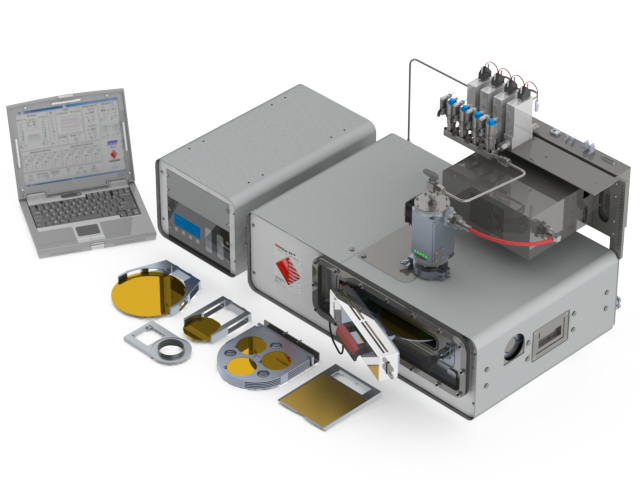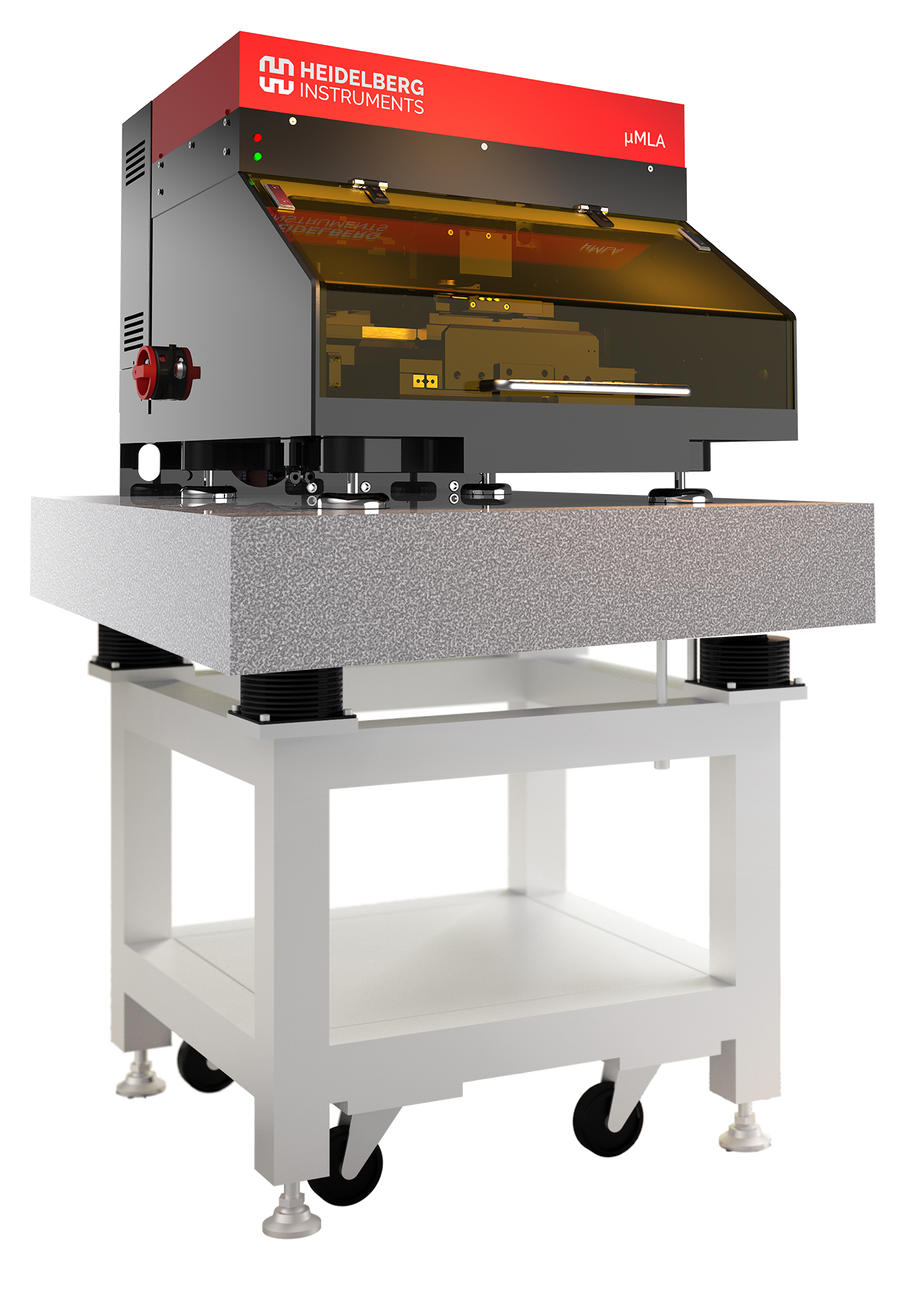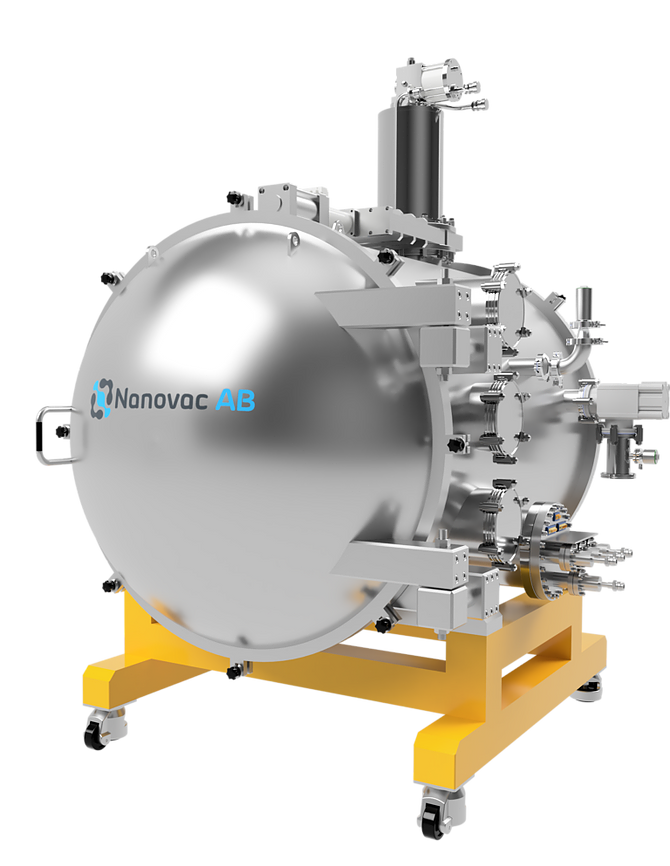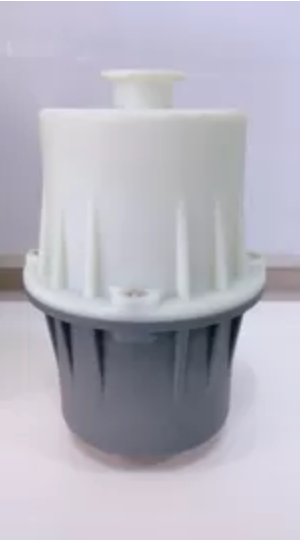Tubular PEM electrolysis cells with ALD coated electrodes
ARRADIANCE Sneak Preview
May 31, 2024
Realizing the vision of transitioning to clean energy may likely depend on energy efficient and cost-effective hydrogen production. Proton-exchange membrane (PEM) fuel cells enable the production of hydrogen, and although commercially available today, the high cost, insufficient energy efficiency and short lifetimes limit industry adoption.
Manufacturing conventional PEM fuel cells requires planar stacks of electrodes, membranes, and other components to be assembled. Co-extruding these components into tubular cells would simplify the assembly process, while also increasing the mechanical strength needed to withstand the pressure differences experienced by fuel cells. To demonstrate the feasibility of cost-effective co-extruded PEM cells, the authors of this paper (1) 3D printed cylindrical titanium structures to serve as the anode and container of the cell. The cathode is a graphite felt coated with platinum, and the anode is coated with iridium, both by ALD in an Arradiance GEMStarTM system. Depositing the catalyst by ALD offers two major advantages: uniform coating on complex geometries, and minimal use of costly catalyst material.

1 3D printed titanium rod (anode) 2 Proton-exchange membrane 3 Graphite current collector (cathode) 4 3D printed titanium cylinder. Figure from (1)
This first study demonstrated the feasibility of co-extruded PEM cells. The same authors later published a follow-up study (2) on the lifetime of cells using the same electrode materials and ALD deposited catalysts. The authors performed a thorough XRD, SEM/EDS, and electrochemical investigation of the degradation mechanisms over 500 hours of operation of the PEM cells.
While some parts of the cell were damaged in testing, the ALD platinum catalyst on the cathode survived the 500 hours of testing, confirming the viability of ALD in PEM cells.
Arradiance GEMStarTM ALD systems are uniquely suited to deposit platinum and iridium catalysts and can coat complex geometries such as a graphite felt or the inside of a tube.
1. A. Laube, et. al, International Journal of Hydrogen Energy, 2024, volume 49, part C, pp. 437-448, doi: https://doi.org/10.1016/j.ijhydene.2023.08.084
2. B. Sanchez Batalla, et. al, International Journal of Hydrogen Energy, 2024, volume 59, pp. 480-491, doi: https://doi.org/10.1016/j.ijhydene.2024.01.364





